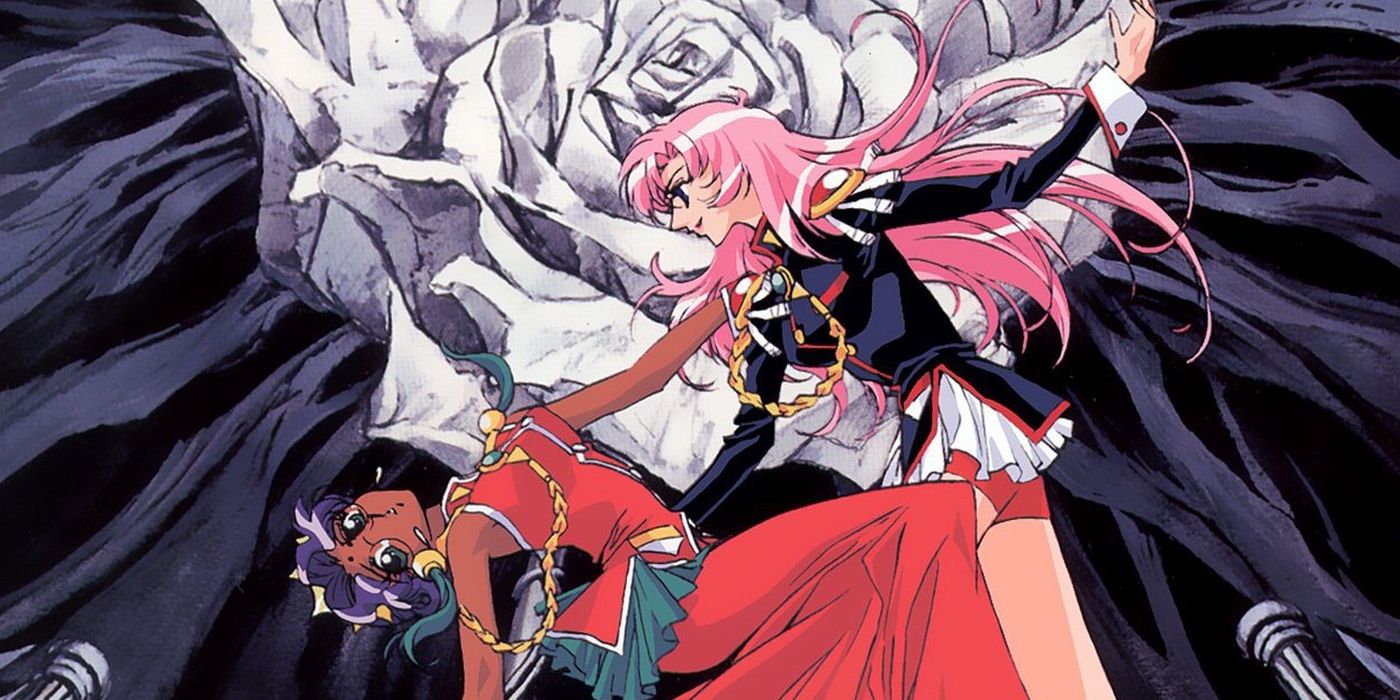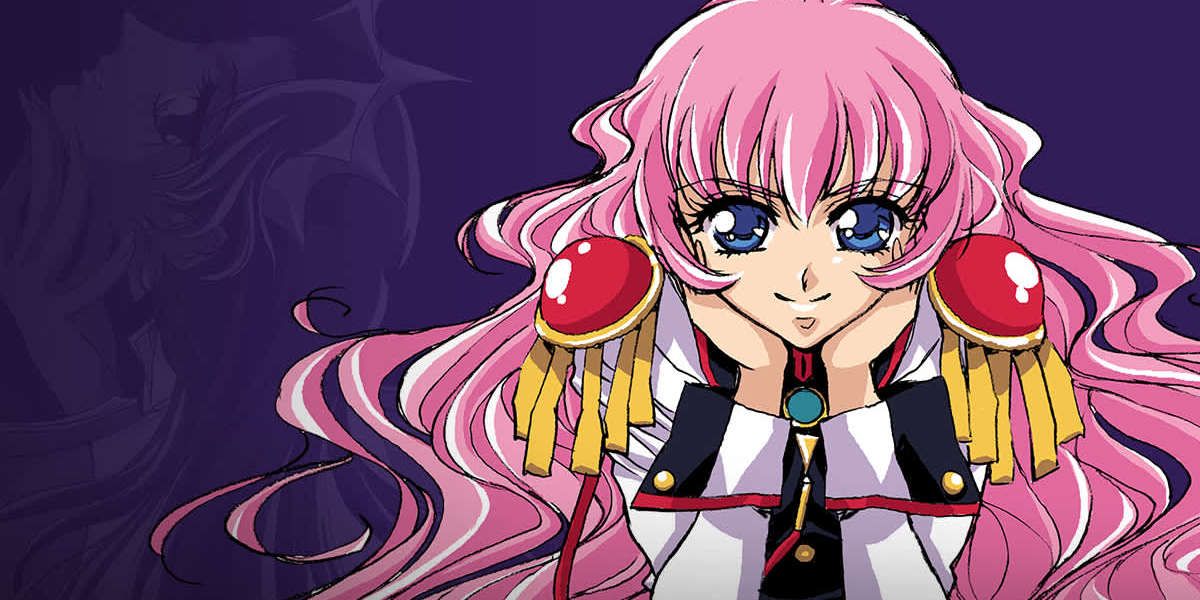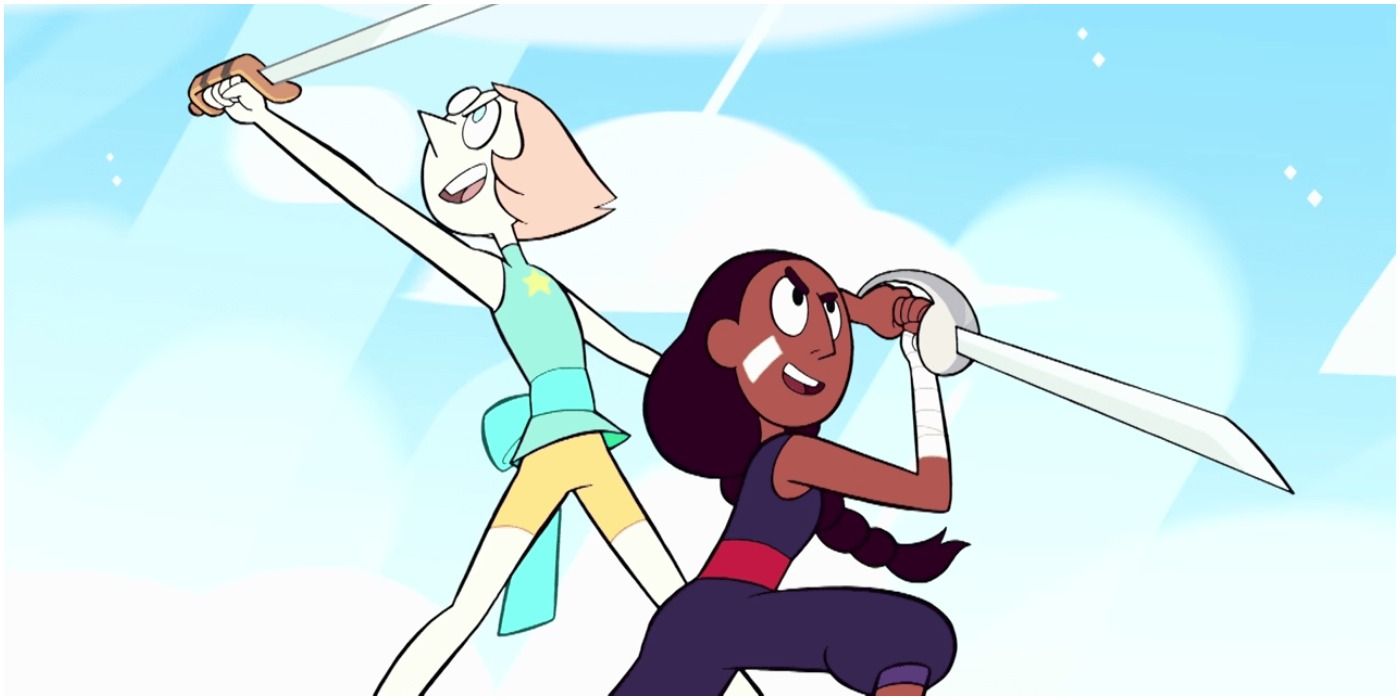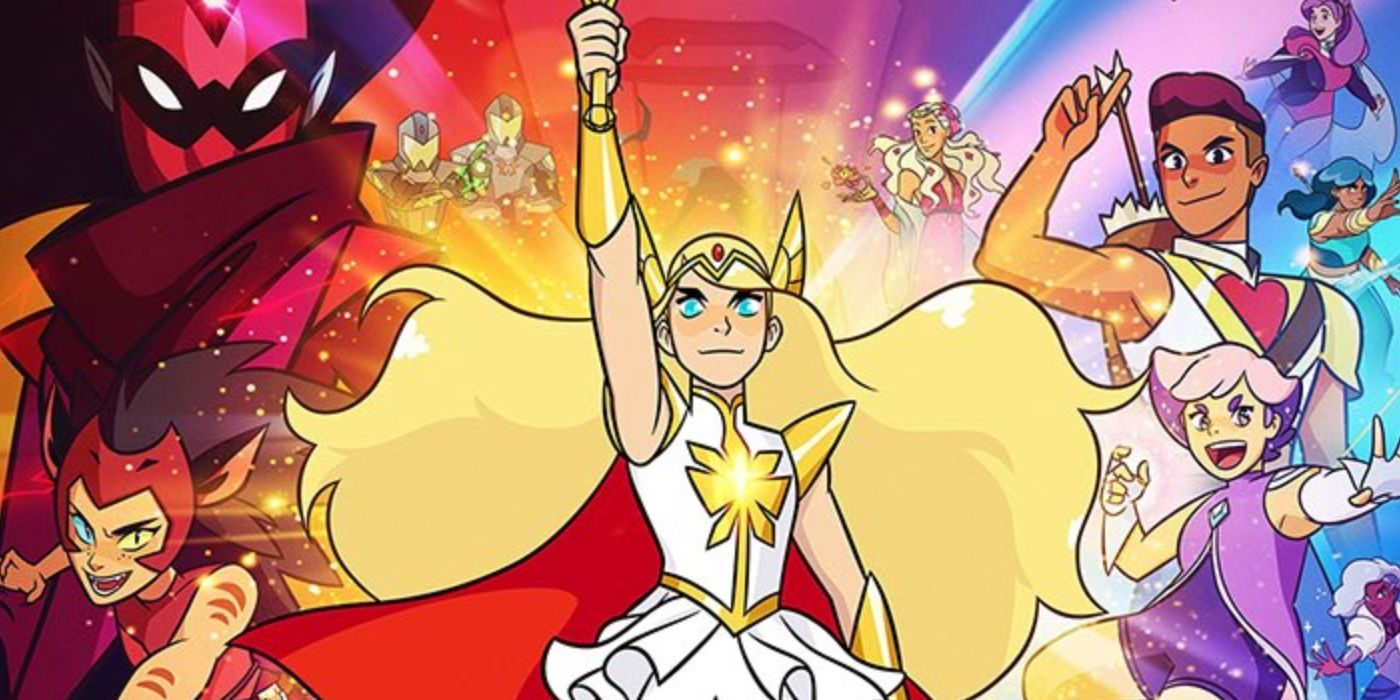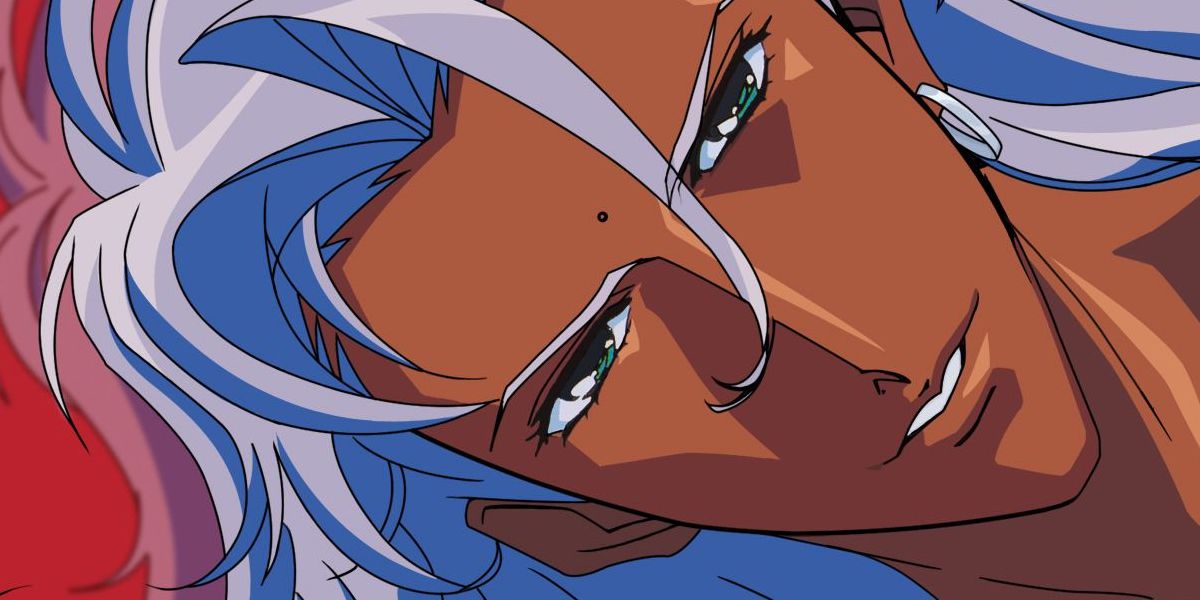Revolutionary Girl Utena is often regarded as one of the greatest anime of the 1990s, both in quality and in LGBTQ representation. Utena was director Kunihiko Ikuhara's follow-up to his work on the middle three seasons of Sailor Moon, and he was able to push queer themes and characters even further than he did in the classic Sailor Moon. Few shows have embraced the gender-bending, everyone-is-bi aesthetic that director Kunihiko Ikuhara brought to the table bringing Utena Tenoh's adventures to life.
Both Utena and Sailor Moon were iconic queer shows in a desert of heteronormativity. They gave many young people the building blocks with which they would go on to tell their own queer, female-driven narratives. The overt influence of Utena specifically is visible in the works of two titans in modern animation: Rebecca Sugar and Noelle Stevenson.
What is Utena About?
Utena is a shojo anime centered around Utena, who after an experience with a "prince," decides to become a princely figure herself. Utena defies gender norms by dressing consistently in male clothing at the elite private Ohtori Academy. Her princely role becomes more substantiated when she finds herself entangled in an underground fighting tournament among the Student Council members, fighting for supremacy over Anthy Himemiya, the "Rose Bride" and sister to the school's chairman, Akio. With the rapier she draws from Anthy's breast, she fights off all challengers she faces, slowly uncovering the dark secrets surrounding Anthy, Akio, and the whole Academy itself.
Utena is far from the first shojo protagonist to subvert gender roles by wearing male attire and wielding a rapier, drawing the attention of ladies and men alike. Utena draws heavily from the 1972 manga The Rose of Versailles. That manga's main protagonist, Oscar, is the dashing captain of the guards who draws the love and admiration of all women she encounters. Rose of Versailles proved hugely influential to both shojo and yuri manga storytelling, though it never received the mainstream attention from Western fans that Utena did.
Utena takes the queer subject matter of Versailles and adds in fairy tale aesthetics, combining it with traditional flowery imagery in order to lead into more mature ideas, crafting a powerful coming of age narrative using seemingly child-friendly imagery in mature and disturbing ways. For many teens in America, this combination led them to watch Utena and watch a story unlike any other.
Utena's Influence on Steven Universe
Steven Universe creator Rebecca Sugar has never hidden the fact that Utena was a huge influence on her. As they put it, Utena, "was an epiphany for me. The way that it plays with the semiotics of gender. I was a bisexual teenager watching a show like Utena. It was stunning, I related to it in a way that I had never really felt before and it really stuck with me.” Both Utena and Steven Universe feature proudly queer characters and open defiance of gender norms, all while incorporating familiar fantasy and fairy tale imagery in the process.
Shades of Utena appear throughout Steven Universe. Some shots are recreated, most directly in the Holo-Pearl battle in the episode "Steven the Sword Fighter." Most scenes involving Pearl's combat draws at least a little from Utena. Steven drawing his mother's sword from Lion's head is similar to Utena drawing her sword from Anthy.
Sugar also credits Utena's wackier sense of humor as a huge influence on her as well. Sugar spoke about how entertaining it was to watch how “Akio will flip onto the front of the car, or the way that (the student council members) want to shatter the world. It’s so extreme that it’s powerful and almost even funny, it’s really exciting.”
Utena's Influence on She-Ra
Noelle Stevenson has not spoken as much about Utena's influence her body of work, but has clearly acknowledged the series in the form of crossover fanart from a 2018 Twitch stream with her future wife Molly Ostertag and Owl House creator Dana Terrace. Stevenson's breakout work Nimona is in many ways a fairy tale deconstruction much like Utena, taking the typical imagery of older fairy tale stories to craft a fresh coming-of-age narrative.
However, while Nimona and, to a lesser-extent, Lumberjanes, incorporate some Utena-esque imagery, the work that really radiates Utena vibes is Stevenson's animated series, She-Ra and the Princesses of Power. The climax between Adora and Catra in the final season outright replicates nearly shot-for-shot the climax between Utena and Anthy in Revolutionary Girl Utena!
On top of both series' strong feminist themes, Adora is very similar personality-wise to Utena Tenoh. Both are assertive, confident young women who often get overwhelmed by the wacky and bizarre world they find themselves in. Both outright defy convention after moments of revelation. Both seek to bring revolution to the world by deconstructing the norms and restrictions that are enforced by the authorities in power.
Utena's Systems of Control
Beyond the strong women, open queerness and fairy tale imagery, Utena has an additional similarity with the works of Sugar and Stevenson. The villains in Utena, from Akio to Touga to Souji, are all trapped by circumstances partially of their own creation, but also in part of the creation of the society, they find themselves in. They're positioned as antagonists by the restrictions of Ohtori Academy.
Likewise, most of the antagonists in She-Ra aren't so much evil as pressured into villainy due to the circumstances they've found themselves in. This goes all the way up to Hordak. In She-Ra and Utena, as well as to an extent Steven Universe, the adversaries confronted are not individuals, but rather systems of control that pits characters against each other and their best interests. All three shows manifest the system through a central devil-like figure: Akio, White Diamond and Horde Prime.
This is one aspect of Utena's influence that might particularly resonate with marginalized creators. They understand how systems of control make people act against their own interests. Recovery from the system is a process with missteps, but one needs to keep coming to their true selves by bringing revolution to the world.

